
Business is chaos. Management is order. For managers, one reliable system to combat overwhelm is… management models. One such model is the 4DX framework (The 4 Disciplines of Execution).
What are the 4 disciplines?
- Focus on wildly important goals
- Tracking lead measures
- Maintaining scoreboards
- Establishing accountability
CEOs understand the value of this approach. But to understand is not enough. Execution is the key, and it turns out that most organizations do not have this key. The 4DX framework requires consistent execution across four disciplines, and this success hinges upon one ability – the ability to accurately measure progress. Unfortunately, this fundamental ability is rare.
The struggle often stems from not knowing what to measure, how to measure it, or how to ensure the measurements are accurate. Additionally, there’s a gap in understanding how to interpret these measurements and respond accordingly. In this post, we try to understand why so many organizations fail at making 4DX a reality.
In this attempt, we will understand:
- Why does 4DX die a slow death in most organizations?
- Why digital solutions fail to keep 4DX alive
- The need for digital solutions designed for 4DX
- Amoga: your missing piece for 4DX success
Let’s go.
Why does 4DX die a slow death in most organizations?
Picture this: You’re the CEO of a rising D2C brand specializing in budget audio gear. Months ago, the whiteboard was covered in a beautiful 4DX strategy. Your Wildly Important Goal was clear: Double market share within the next year. Everyone felt the buzz. Lead measures were identified, scoreboards were envisioned, and teams were eager to take ownership.
[Wildly Important Goals: Double market share within the next year.]
Lead Measures:
- Increase website traffic by 50%.
- Boost customer engagement on social media platforms.
- Launch two new innovative products.
Maintaining Scoreboards:
- Weekly sales and website analytics report.
- Monthly social media engagement and reach analysis.
- Product development progress tracker.
Establishing Accountability:
- Marketing team responsible for digital campaign results.
- Product team deadlines for new launches.
- Customer service improvements tracked against customer feedback.
Fast-forward to a weekly progress meeting. You ask about the numbers. But the responses are hazy.
- The head of marketing fumbles with website traffic and social engagement.
- The head of logistics can’t explain why backorders won’t go down.
- The head of CX is flustered with support tickets.
No one has a clear handle on what levers directly impact your market dominance at ‘Wildly Important Goal’. The disconnect is palpable as these leaders communicate with their teams.
- Team leaders, while busy and dedicated, lack the tools to make truly informed decisions.
- Each team member is busy and exhausted.
- There are efforts, but it feels scattered.
- Team members attribute the lack of progress to factors beyond their control, and to competing priorities.
- The ‘why’ of their work gets lost in the daily grind.
No one is sure of the right lead measures anymore, there’s no reliable scoreboard, and an accountability matrix is missing. The aspirations of the 4DX framework have collided with reality.
Why Digital Solutions Fail to Keep 4DX Alive
Faced with chaotic workflows, managers understandably turn to digital systems, seeking the structure and order they crave. These systems are often built on assumptions about how work “should” happen, not how it actually flows in your unique company. This mismatch creates gaps and inaccuracies right from the start.
- Imagine your D2C brand constantly juggling 4 products, 6 customer segments, and 3 CX experiments… the sheer number of variables is staggering!
- Now you’re stuck with a digital landscape that refuses to bend to these changing realities. Work spills out, critical data gets lost, and you’re left measuring the wrong things.
- 4DX demands constant iteration: think, try, measure, adjust. Rigid systems make these adjustments costly and time-consuming. So, even when managers spot issues, they’re hesitant to rework the framework – settling for ‘mediocre’ instead of ‘transformative’.
- Without accurate, adaptable measurements, managers are left in the dark. They can’t pinpoint where processes break down, who’s truly accountable, or what actions will bring about real change.
- Everything becomes a fire drill. Guesswork replaces planning, and a sense of helplessness can seep into the team culture.
Just think about it: What CEOs really need is an X-ray vision of their operations. In the D2C context, for instance, they want to know which exact combinations of lead sources, conversions, and customer experiences drive the most profitable growth. But what they get is a system that measures a shadow of reality, and forces people to become used to a culture of being busy without doing what matters.
In essence, rigid digital systems designed to bring order to your business actually stifle the agility your 4DX success demands.
The Need for Digital Solutions Designed for 4DX
What should be the three qualities of a digital system that supports 4DX?
- A system so intuitive that anyone comfortable with PowerPoint could build their own dashboards to track the metrics that drive their specific goals – no more waiting on IT.
- A system powerful enough to unify all your scattered data silos, revealing the complete picture, not just fragments.
- A system so fast and cost-effective that “how can we automate these 10 hours of weekly drudgery?” becomes the opening question of every meeting, because managers know that they can get any application they need, within days (not weeks), and a cost that even the stingiest accounting department will happily approve.
In technical parlance, this is a system that’s built on the pillars of:
- Democratization (everyone can build the application they need)
- Data unity (truthful data reporting)
- Agility (10x speed, 1/4th cost)
This solution isn’t hypothetical. It exists. It’s called low-code/no-code development. While adoption sits at around 25% today, Gartner predicts by 2027, a staggering 75% of enterprise software will be built using this approach. Fortune 1000 companies lead this charge for a reason.
Low-code/no-code development:
- Puts power in the hands of the people who understand the work best. Your team doesn’t need to be coders to design what they need.
- Brings all your data lakes under one sky; marketing’s numbers speak to logistics, informing CX insights. This holistic view is critical for accurate 4DX progress tracking.
- Ensures that iterating on your lead measures or building new workflows is quick and cost-effective. No more ‘paralysis by analysis’ – try, measure, tweak, repeat.
Amoga: Your Missing Piece for 4DX Success
Ask yourself: how is most off-the-shelf software designed? A team of developers makes reasonable guesses about what work might look like in your industry. Their guesswork builds vaguely defined software that fits your business as well as a kid glove that fits a grown-up hand.
When we built Amoga, we were clear. We wanted to build a low-code, no-code platform that lets anyone do the following:
- Create custom and easy-to-use workflow applications with Amoga’s App Studio.
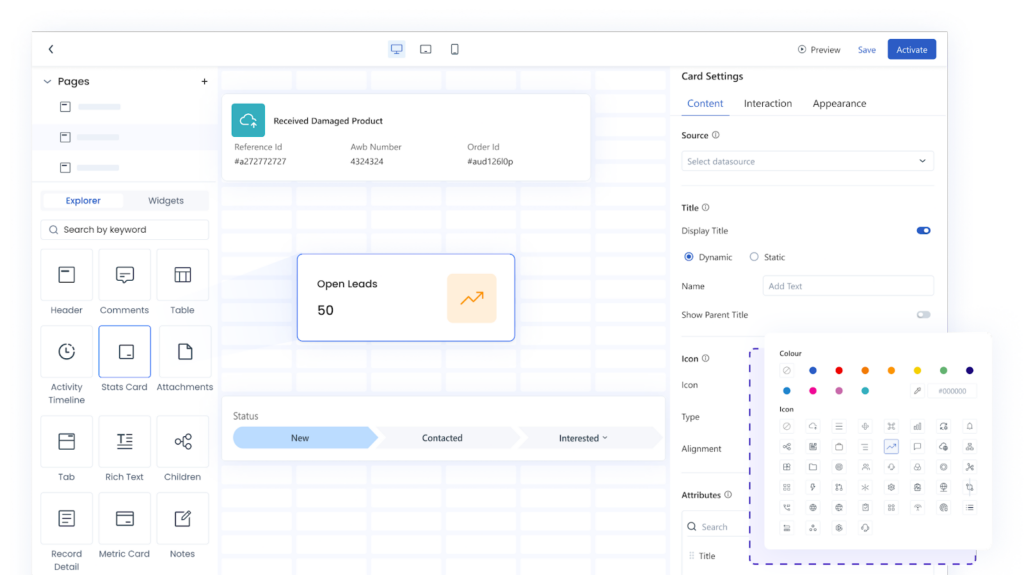
2. Break down communication barriers and connect faster with the shared workspace collaboration
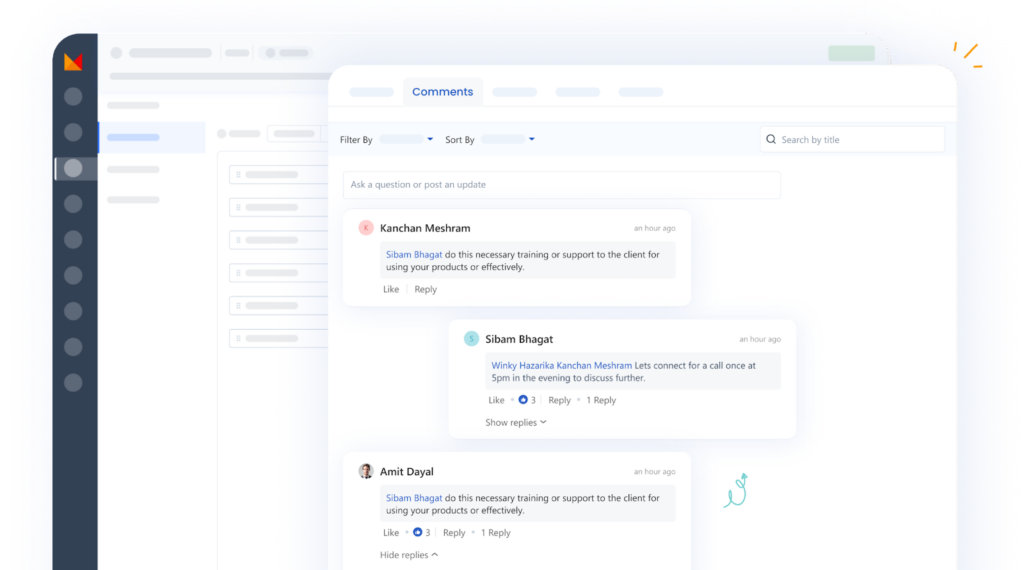
3. Work seamlessly,
centralize information, and boost collaboration with 200+ integrations and apps.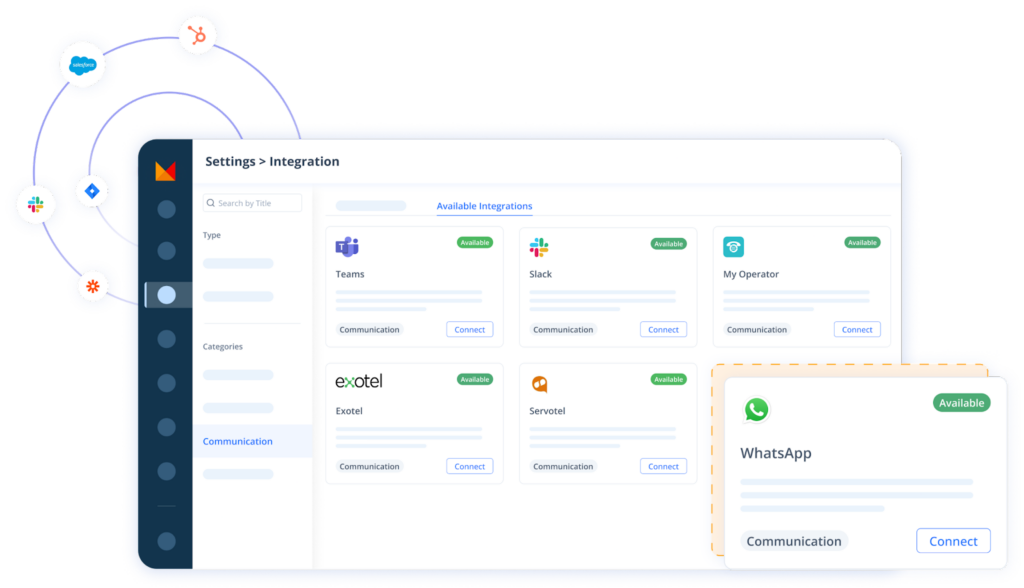
4. View your team’s activities to enhance performance and control productivity with Scoreboard.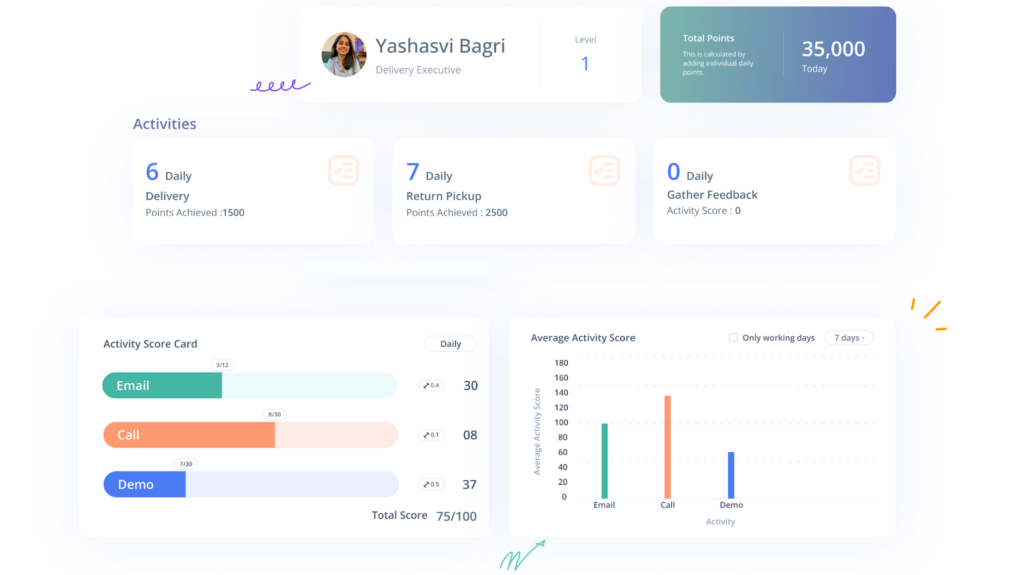
5. A shared workspace for your team to organize/collaborate on work in real time from anywhere.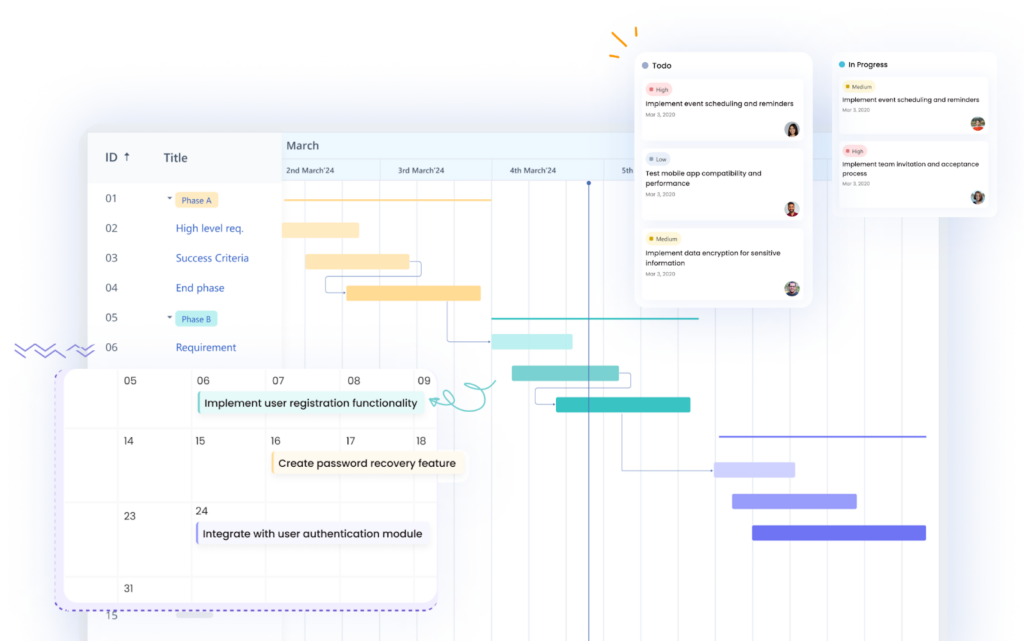
6. Increase productivity and avoid repetitive work by connecting tools that automate the workflows.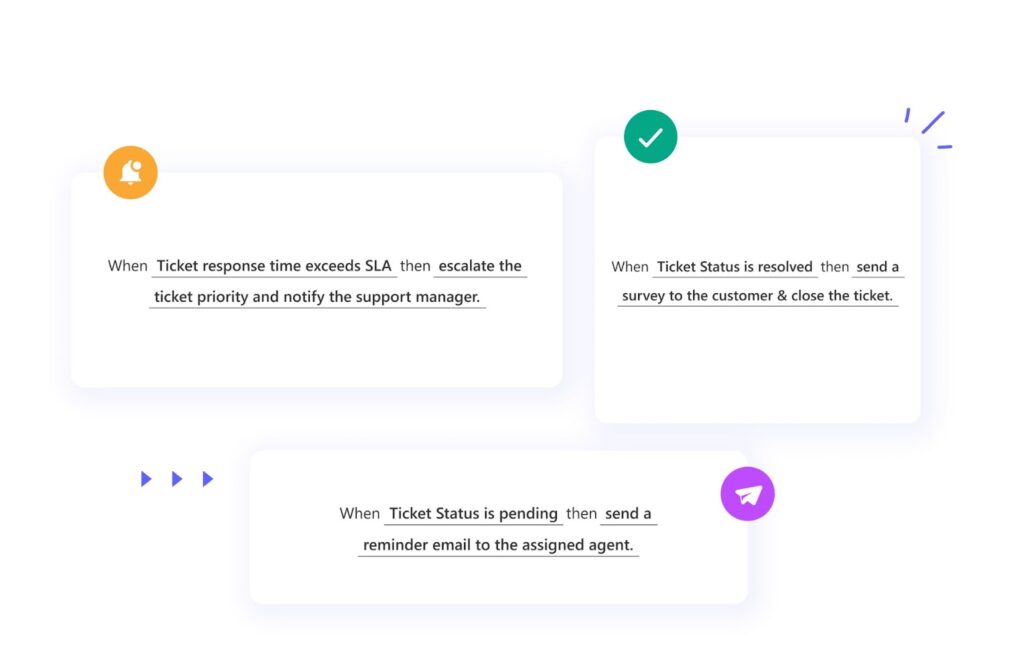
This isn’t all. Although that’s almost all you need to make 4DX a reality.
Amoga offers more:
- Low-Code for the People: Amoga empowers those closest to the work to build the tools they truly need. This bridges the knowledge gap that plagues so many traditional systems – your dashboards track exactly what matters most.
- No More Waiting on IT: Amoga’s simplified low-code means less reliance on coders and faster turnarounds. Need to adjust a lead measure as you iterate? Done. Suspect a new data point worth tracking? You can test it quickly and adapt.
- Make work fast and inexpensive: Countless businesses have already used Amoga to reduce their cost of digital tools to 1/4th and make the speed of development 10x. These aren’t mere lofty claims, we have the case studies to back them up.
You can’t control what you can’t measure
Doing well in business starts with knowing how to measure the right things. This is a big idea in the 4DX method, which helps companies aim for their big goals. But scattered data, hard-to-use reports, and complex software make it tough. Amoga tackles these issues, making it easier for companies to follow the 4DX method and succeed.
If you’re interested in seeing how we can help your business excel with 4DX, get in touch with us at Amoga. Let’s work together to make your business goals a reality. Don’t let this moment go. Book a demo today, and get first-hand experience of how Amoga literally ‘transforms’ the way work is managed in a business organisation.


